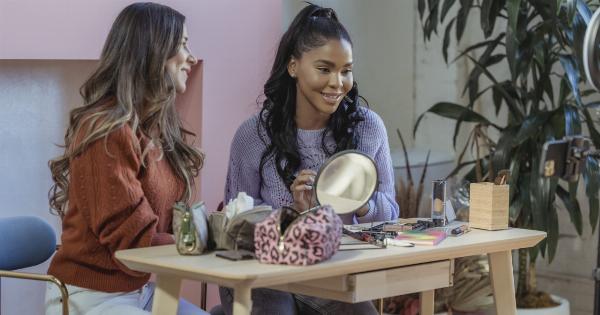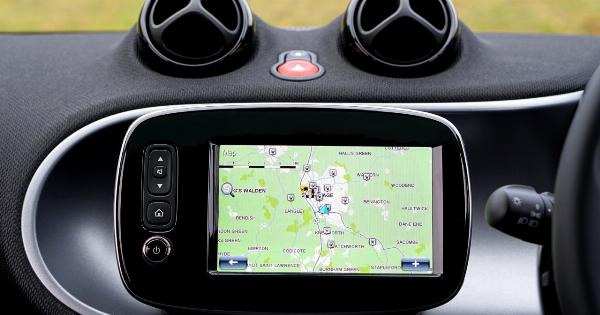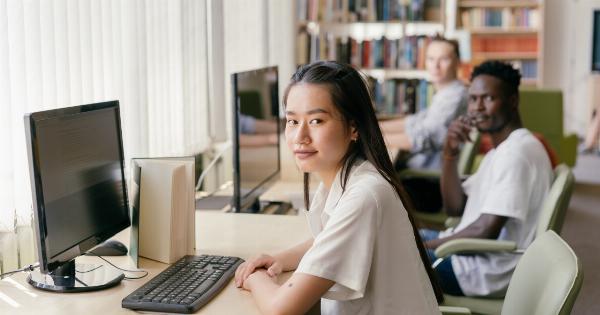Breaking barriers: the journey of a visually impaired learner.
Living with a visual impairment can present numerous challenges, especially when it comes to navigating the traditional educational system.
However, through determination, perseverance, and the support of various resources and individuals, visually impaired learners can overcome these barriers and succeed in their academic journey. This article delves into the unique challenges faced by visually impaired learners and showcases inspiring stories of those who have defied the odds to achieve their educational goals.
Understanding Visual Impairment
Visual impairment refers to a wide range of conditions that result in a loss of vision. This can include partial sightedness, where individuals have reduced visual acuity, or total blindness, where there is a complete absence of visual perception.
The causes of visual impairment can vary, including congenital conditions, injury, or age-related degeneration.
The Challenges Faced by Visually Impaired Learners
Visually impaired learners encounter numerous obstacles in their educational journey, ranging from inaccessible learning materials to societal misconceptions and inadequate support systems. Here are some of the main challenges they face:.
1. Inaccessible Learning Materials
The traditional print-based educational system often fails to provide visually impaired learners with accessible learning materials.
Standard textbooks, handouts, and resources may not be available in formats that can be easily utilized by individuals with visual impairments. This significantly hinders their ability to access and engage with the curriculum.
2. Lack of Assistive Technology
Assistive technology plays a crucial role in empowering visually impaired learners.
However, many educational institutions lack the necessary resources or knowledge to implement and provide assistive devices such as screen readers, magnification software, or Braille displays. Without these tools, visually impaired learners struggle to access information and participate fully in classroom activities.
3. Limited Accessibility and Navigation
The physical infrastructure of schools and universities often does not cater to the needs of visually impaired learners.
Inadequate signage, absence of tactile cues, and inaccessible digital platforms hinder their mobility and independence within the educational environment. This lack of accessibility creates additional barriers and restricts their ability to navigate the campus and participate fully in various activities.
4. Social Stigma and Preconceptions
Visually impaired learners frequently face social stigma and misconceptions surrounding their abilities.
Many individuals hold preconceived notions that visually impaired individuals are unable to excel academically or participate in mainstream educational settings. These biases can negatively impact the self-esteem and confidence of visually impaired learners and further isolate them from the educational community.
5. Insufficient Support Systems
Despite the increased awareness surrounding inclusive education, many educational institutions still lack comprehensive support systems for visually impaired learners.
Limited training for educators, inadequate provision of learning materials, and a lack of specialized personnel hinder the ability of visually impaired learners to thrive academically and reach their full potential.
Inspiring Stories of Success
While visually impaired learners face significant challenges in their educational journey, many individuals have successfully overcome these obstacles and achieved remarkable accomplishments. Here are a few inspiring stories:.
1. Helen Keller: A Trailblazer
Helen Keller, one of the most iconic figures in history, overcame both deafness and blindness to become a renowned author, political activist, and lecturer.
Keller’s determination and incredible resilience in the face of adversity paved the way for future generations of visually impaired learners.
2. Ben Underwood: Master of Echolocation
Despite losing his sight at the age of three, Ben Underwood developed the exceptional ability to use echolocation to navigate the world around him.
By emitting clicking sounds with his mouth and listening to the echoes, he was able to locate objects and move independently. Underwood became an advocate for visually impaired individuals and demonstrated that limitations can be overcome.
3. Dr. Abraham Nemeth: Creator of the Nemeth Code
Dr. Abraham Nemeth, a mathematician who was blind from birth, developed the Nemeth Code, a system of Braille symbols specifically designed for mathematical and scientific notations.
This groundbreaking contribution revolutionized the way blind individuals could access and engage with these disciplines, opening up new opportunities in STEM fields.
Overcoming Barriers: Strategies and Resources
As awareness grows regarding the challenges faced by visually impaired learners, there has been a rise in resources and strategies to support their educational journey. Here are some key resources and approaches:.
1. Accessible Formats
Advancements in technology and the availability of specialized software have made it easier to convert traditional print materials into accessible formats such as Braille, large print, or digital text.
Educational institutions should prioritize providing diverse formats to ensure visually impaired learners can access learning materials like their sighted peers.
2. Assistive Technology
Investing in assistive technology is crucial to empower visually impaired learners in their academic pursuits.
Screen reader software, magnification tools, refreshable Braille displays, and accessible digital platforms enable learners to access information, read texts, and actively participate in virtual learning environments.
3. Universal Design for Learning (UDL)
Implementing Universal Design for Learning principles ensures that educational materials and environments are designed to be accessible to all students, including those with visual impairments.
By incorporating multiple means of representation, engagement, and expression, visually impaired learners can fully participate in learning activities alongside their peers.
4. Specialized Support Services
Educational institutions should establish specialized support services tailored to the needs of visually impaired learners.
These services can include orientation and mobility training, provision of specialized learning materials, accessible classrooms, and the availability of trained personnel who understand the unique challenges faced by visually impaired learners.
Conclusion
While the journey of a visually impaired learner may involve breaking barriers and defying societal expectations, it is a journey that is more than possible.
With advancements in technology, increased awareness, and the concerted efforts of individuals and educational institutions, visually impaired learners can navigate the educational landscape, overcome obstacles, and achieve their academic goals. By nurturing an inclusive and supportive learning environment, we can ensure that no learner is left behind.




























